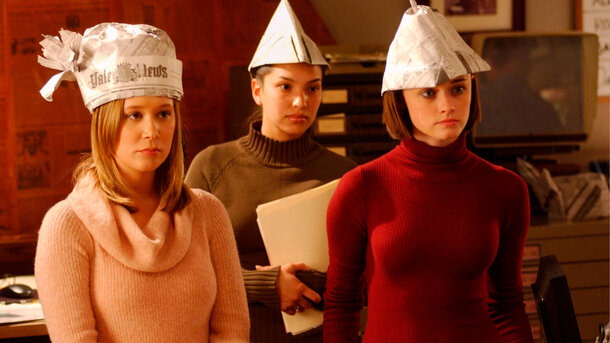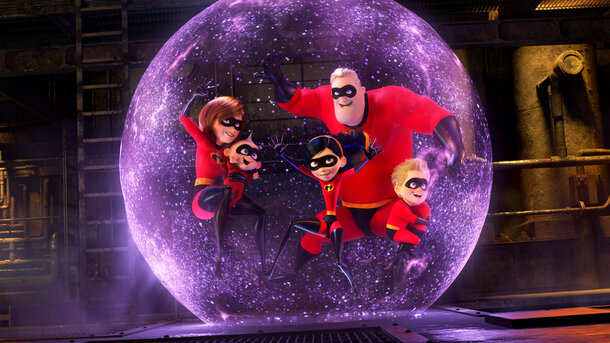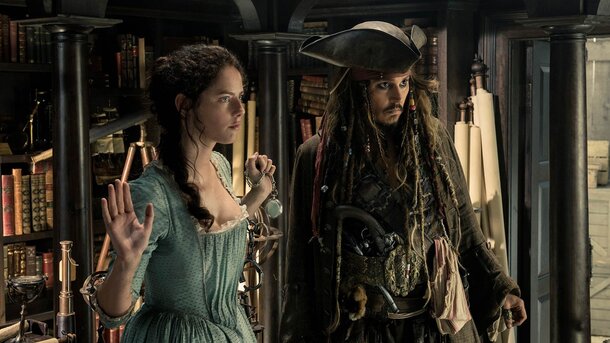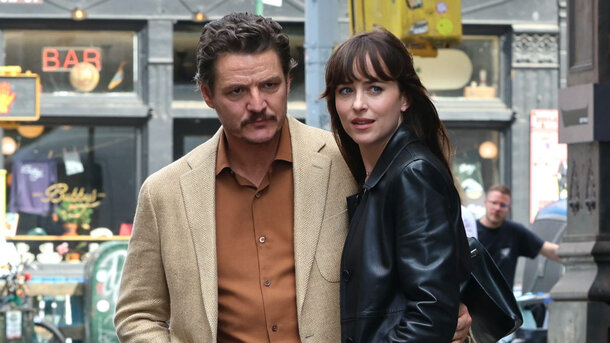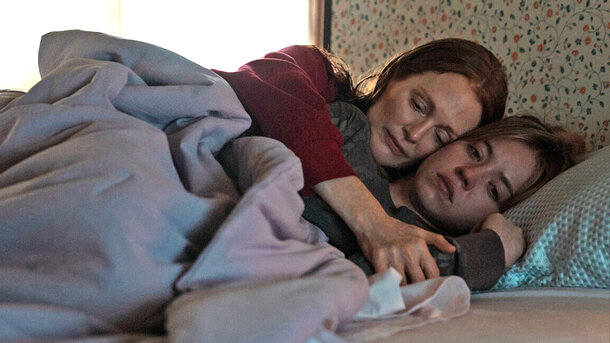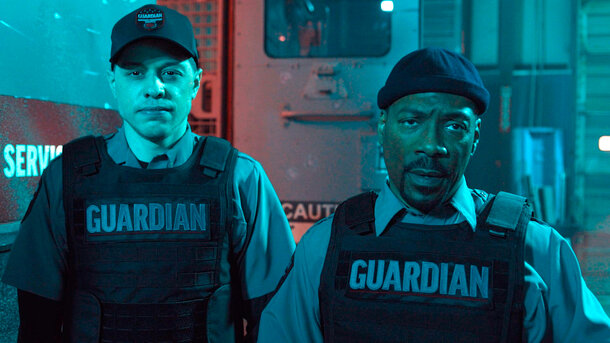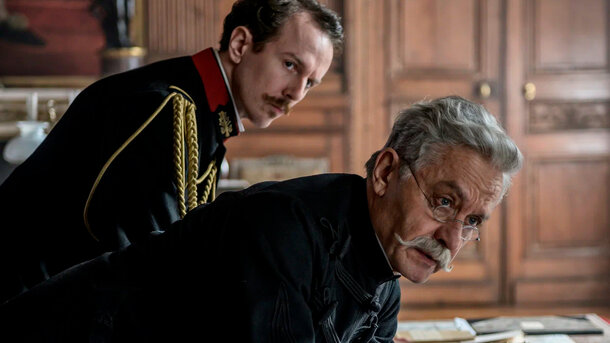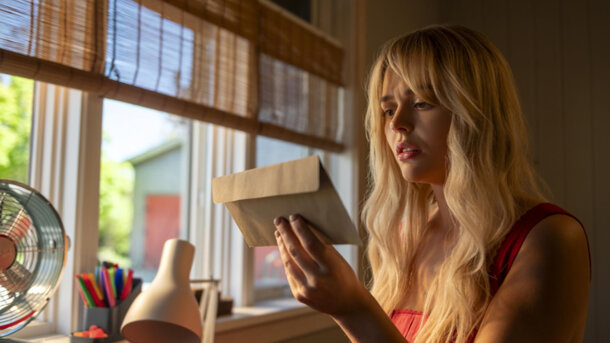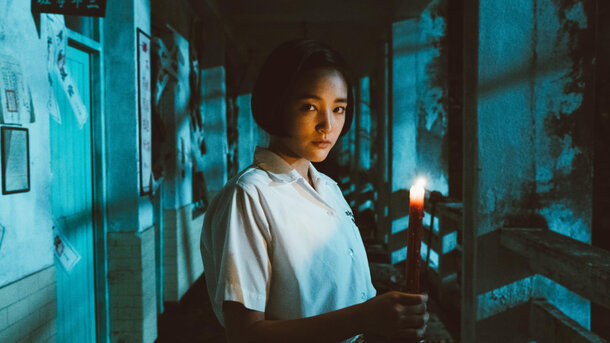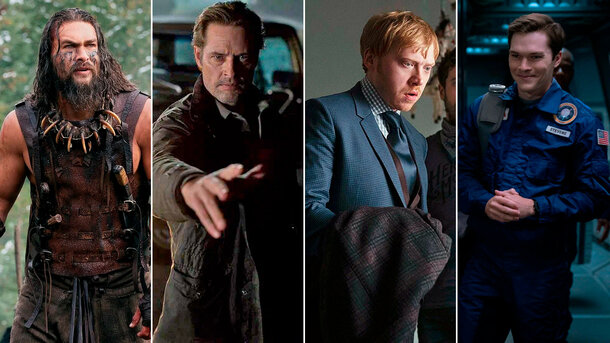Let me share with you — there’s something strangely magnetic about Gilmore Girls. The first time I wandered into Stars Hollow, it felt like I was stepping into a storybook painted with sass, caffeine, and the kind of mother-daughter dynamic you rarely see on screen. It’s not just a show — it’s a vibe. A comforting autumnal playlist wrapped in woolly jumpers and razor-sharp dialogue.
This isn't a drama that screams for attention; it's one that earns it with quiet cleverness. And yet, two decades later, the world is still quoting Lorelai’s coffee cravings and debating whether Rory should’ve ended up with Jess, Logan, or Dean. Yes, we remember.
The Plot Beneath the Banter
The premise? Simple. Lorelai Gilmore, a fast-talking, fiercely independent single mum, raises her bookish daughter Rory in the idyllic, if slightly mad, town of Stars Hollow. It's a love letter to chosen family, ambition, heartbreak, and complicated parental relationships — especially with Lorelai’s blue-blooded parents, Emily and Richard. But make no mistake, this isn't just about mums and daughters. It's about identity, social class, and how to find your place in the world—whether you're 16 or 36.
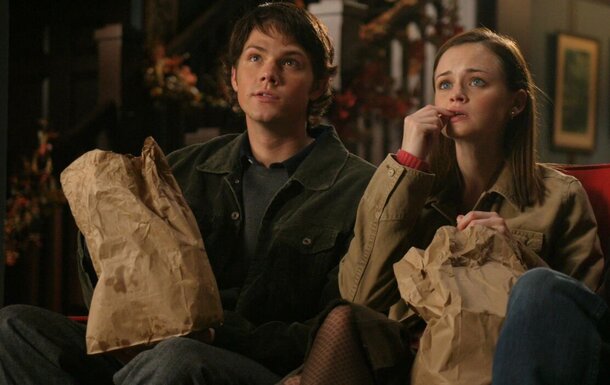
Direction, Dialogue, and the Palladino Signature
Amy Sherman-Palladino’s signature style is unmistakable: lightning-fast repartee, literary references by the dozen, and pacing that leaves other shows breathless in comparison. She crafts episodes like orchestral movements—witty, warm, and full of emotional payoff. Yes, occasionally self-indulgent, but that’s part of the charm.
Scene-Stealers and Standouts
Lauren Graham is nothing short of miraculous. Her portrayal of Lorelai is equal parts comedy, chaos, and quiet vulnerability. Alexis Bledel’s Rory — though polarising in later seasons — brings heart and fragility to the coming-of-age arc. Scott Patterson’s Luke grounds the show, while Kelly Bishop delivers biting brilliance as Emily Gilmore, redefining the matriarch trope with elegance and steel.
And yes — Melissa McCarthy’s Sookie is a joy, long before Bridesmaids catapulted her into global fame.
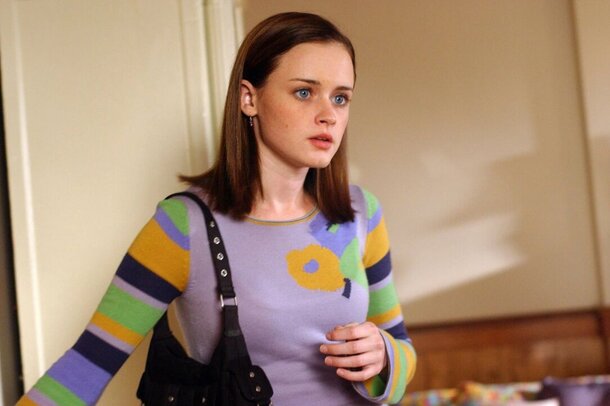
Aesthetic, Score, and All Things Stars Hollow
Visually, the show has a timeless autumn-in-New-England feel — even though it’s all filmed in sunny Burbank. The acoustic guitar-driven score, often paired with Carole King’s Where You Lead, feels like emotional punctuation at just the right moments.
The fictional town itself? A character in its own right. Quirky, oddball locals like Kirk and Miss Patty add rich texture and humour that British viewers might liken to the village eccentricity of Doc Martin or The Vicar of Dibley — but with American flair.
Audience Reactions: USA vs. UK
In the US, Gilmore Girls is practically a rite of passage — millennial comfort food with mainstream fanfare and a Netflix-fuelled second wind. Americans embraced the show’s heartland idealism, treating Stars Hollow like a second home.
In the UK, the reception was slower but steadily affectionate. Initially tucked away on obscure channels, it found loyal fans among British women drawn to its dry humour and cultural intelligence. British audiences tend to view it less as soapy fluff and more as sharply written dramedy — Fleabag with a filter and a cinnamon muffin.
Final Sip from the Mug
Is Gilmore Girls for everyone? Perhaps not. The pace can be dizzying. The pop culture references? Obscure, even for an English Lit grad. But for those willing to lean in, it offers rare emotional intelligence. Not every episode is a banger, but the overall legacy? Undeniably rich.
Pros & Cons Summary
- + Razor-sharp writing with unique rhythm
- + Endearing small-town world-building
- + Exceptional performances from Graham and Bishop
- – Uneven pacing in later seasons
- – Revival episodes didn’t hit the same emotional mark
